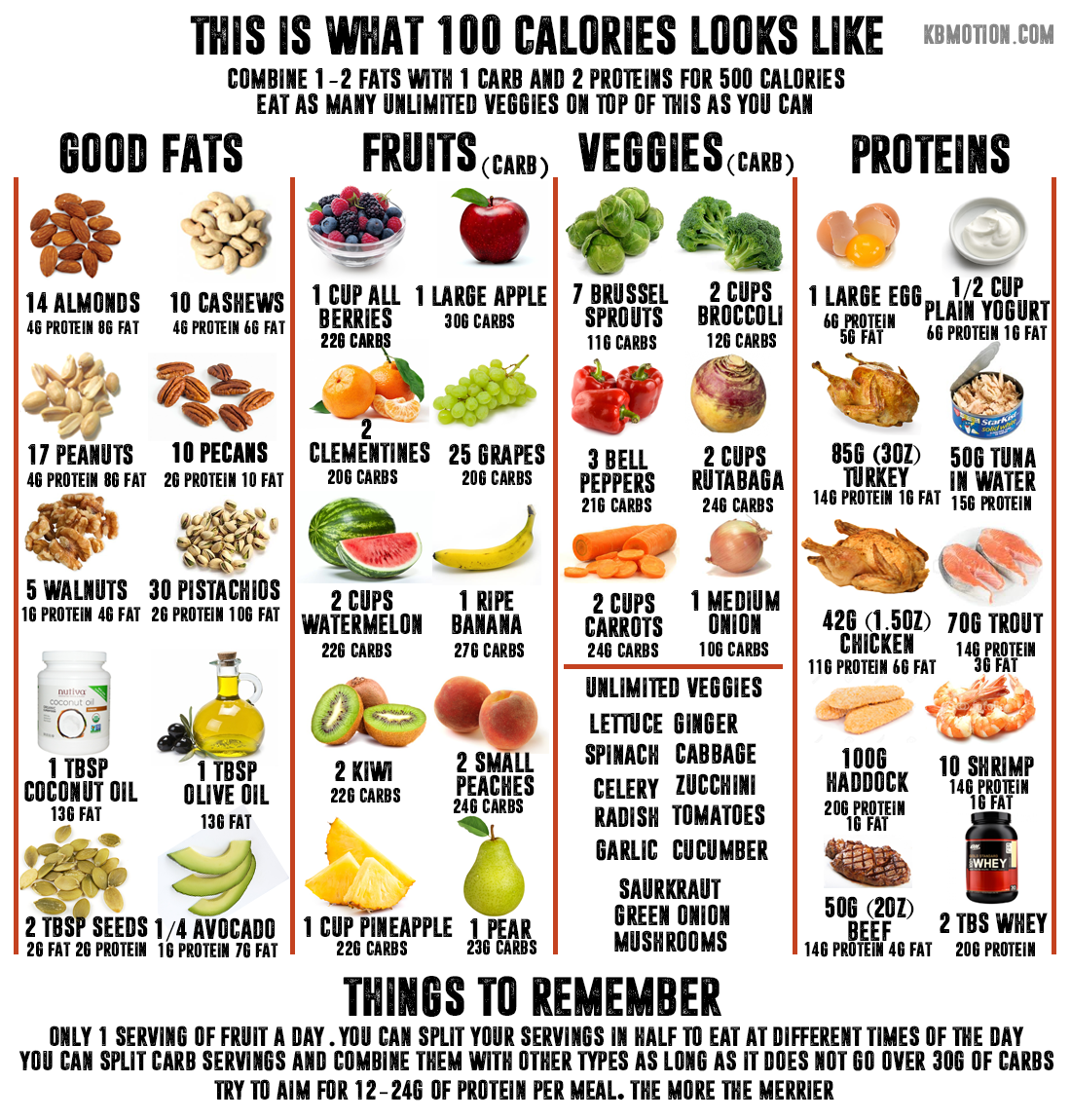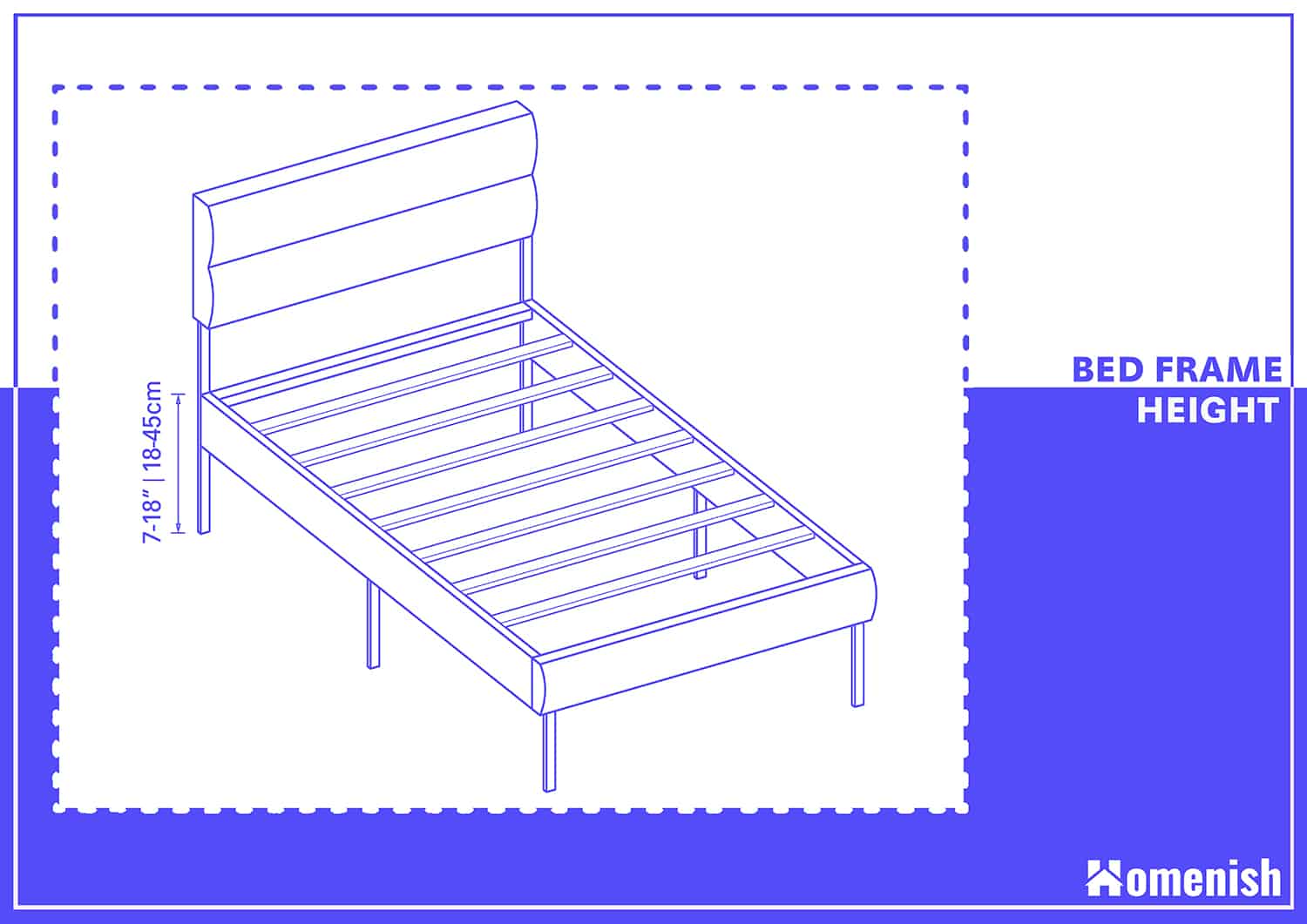Understanding and Managing a Pinched Nerve in the Shoulder
Experiencing a pinched nerve in the shoulder can be both painful and debilitating. This condition, often resulting from various causes, can disrupt daily activities and lead to significant discomfort. In this article, we will explore the causes, symptoms, diagnosis, and treatment options for a pinched nerve in the shoulder, providing a comprehensive guide to help you manage this condition effectively.
Key Takeaways
- A pinched nerve in the shoulder can cause pain, numbness, and weakness.
- Common causes include repetitive motions, poor posture, and injuries.
- Diagnosis typically involves physical examinations and imaging tests.
- Treatment can range from rest and physical therapy to surgical interventions.
- Preventive measures include ergonomic adjustments and regular exercise.
What is a Pinched Nerve in the Shoulder?
A pinched nerve occurs when excessive pressure is applied to a nerve by surrounding tissues, such as bones, cartilage, muscles, or tendons. In the shoulder, this can happen due to various factors, leading to symptoms like pain, tingling, numbness, and muscle weakness. The shoulder’s complex structure makes it susceptible to nerve compression, especially in individuals who engage in repetitive activities or maintain poor posture.

Common Causes of a Pinched Nerve in the Shoulder
Understanding the causes of a pinched nerve in the shoulder is crucial for effective management and prevention. Some of the most common causes include:
- Repetitive Motions: Engaging in activities that require repetitive shoulder movements, such as certain sports or occupations, can strain the shoulder and lead to nerve compression.
- Poor Posture: Slouching or maintaining an incorrect posture for extended periods can put undue stress on the shoulder and neck, increasing the risk of a pinched nerve.
- Injuries: Trauma to the shoulder, such as fractures or dislocations, can compress nerves and lead to symptoms.
- Arthritis: Conditions like osteoarthritis or rheumatoid arthritis can cause inflammation and swelling, potentially compressing nerves in the shoulder area.
- Herniated Disc: A herniated disc in the cervical spine can press on nerves that extend into the shoulder, causing pain and other symptoms.

Symptoms of a Pinched Nerve in the Shoulder
The symptoms of a pinched nerve in the shoulder can vary depending on the severity and specific location of the compression. Common symptoms include:
- Pain: Sharp or burning pain in the shoulder, which may radiate down the arm.
- Numbness: A tingling or “pins and needles” sensation in the shoulder and arm.
- Weakness: Difficulty lifting objects or performing tasks that require shoulder strength.
- Decreased Range of Motion: Limited ability to move the shoulder freely.
Diagnosing a Pinched Nerve in the Shoulder
Accurate diagnosis is essential for effective treatment. Healthcare providers typically use a combination of methods to diagnose a pinched nerve in the shoulder:
- Physical Examination: A thorough examination of the shoulder and neck to assess pain, range of motion, and muscle strength.
- Imaging Tests: X-rays, MRI, or CT scans may be used to visualize the structures of the shoulder and identify any abnormalities or nerve compression.
- Nerve Conduction Studies: These tests measure the electrical activity of nerves and muscles to identify any nerve damage or compression.

Treatment Options for a Pinched Nerve in the Shoulder

Treatment for a pinched nerve in the shoulder aims to relieve symptoms, reduce inflammation, and prevent further injury. Depending on the severity of the condition, treatment options may include:

Non-Surgical Treatments
- Rest: Avoiding activities that exacerbate symptoms can help reduce inflammation and allow the nerve to heal.
- Physical Therapy: A physical therapist can design exercises to improve strength, flexibility, and posture, alleviating pressure on the nerve.
- Medications: Nonsteroidal anti-inflammatory drugs (NSAIDs) or corticosteroids may be prescribed to reduce pain and inflammation.
- Ice and Heat Therapy: Applying ice packs or heat pads can help manage pain and promote healing.
Surgical Treatments
If conservative treatments fail to relieve symptoms, surgical intervention may be necessary. Surgical options include:
- Decompression Surgery: Removing or repositioning structures that are compressing the nerve.
- Spinal Fusion: In cases where a herniated disc is the cause, spinal fusion may be performed to stabilize the spine and relieve pressure on the nerve.
Preventing a Pinched Nerve in the Shoulder
Prevention is key to avoiding the discomfort and limitations associated with a pinched nerve in the shoulder. Consider the following strategies:
- Maintain Good Posture: Ensure that your workspace is ergonomically designed and practice good posture to reduce stress on the shoulder and neck.
- Regular Exercise: Engage in exercises that strengthen the shoulder and improve flexibility, reducing the risk of injury.
- Take Breaks: If your job involves repetitive shoulder movements, take regular breaks to rest and stretch.
- Use Proper Techniques: When lifting heavy objects, use proper techniques to minimize strain on the shoulder.
A pinched nerve in the shoulder can significantly impact your quality of life, but with the right approach, it is manageable. Understanding the causes, symptoms, and treatment options empowers you to take control of your health. Whether through lifestyle changes, physical therapy, or medical intervention, relief is possible. By prioritizing prevention and seeking timely treatment, you can minimize the impact of this condition and maintain an active, pain-free life.













